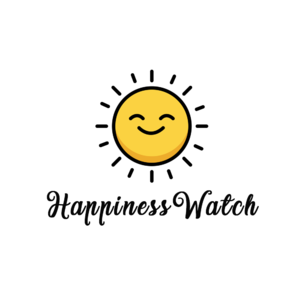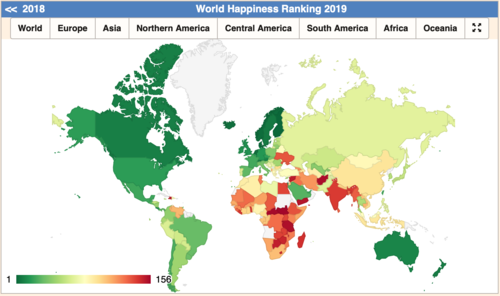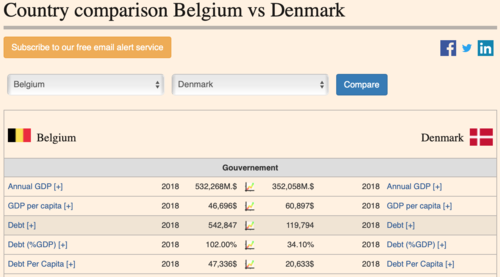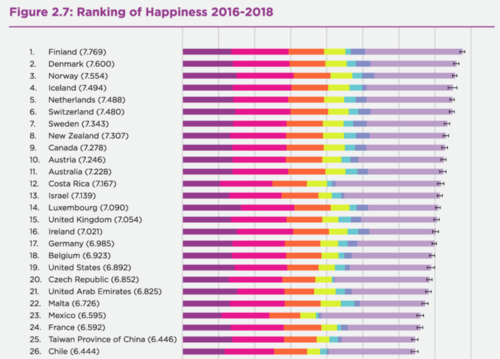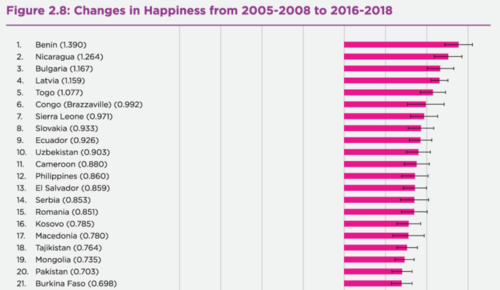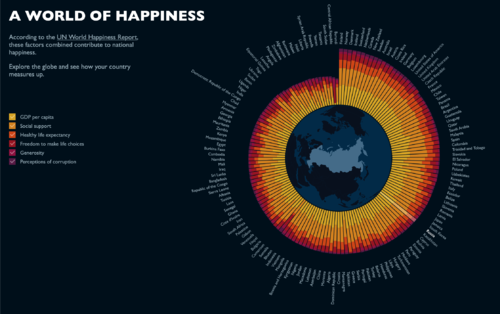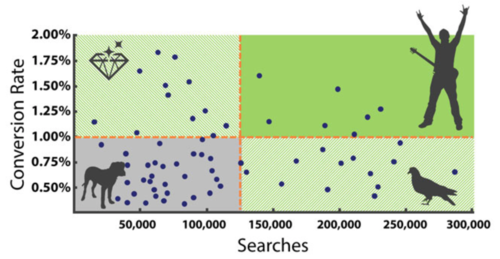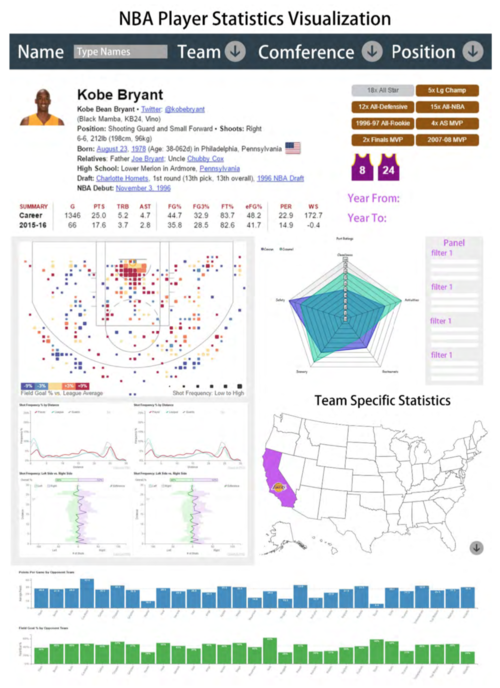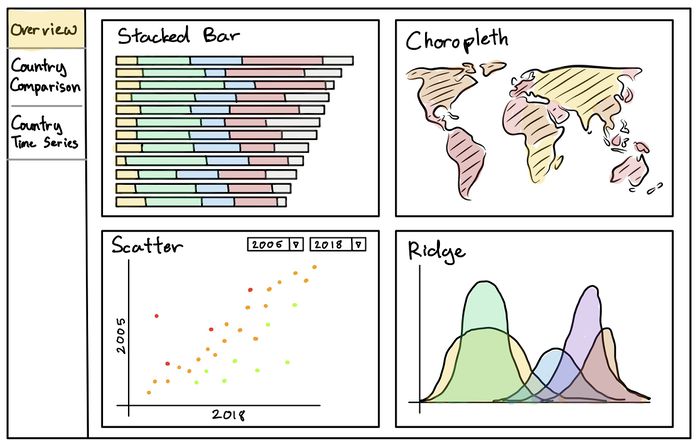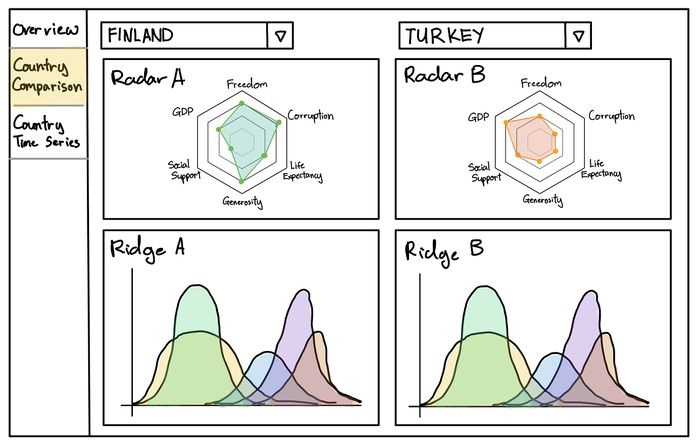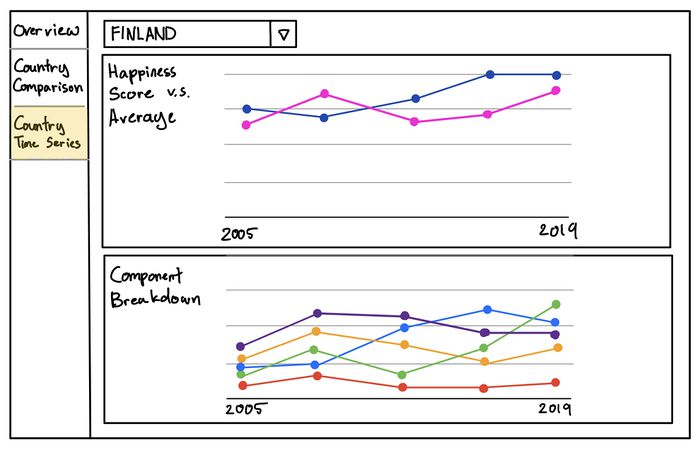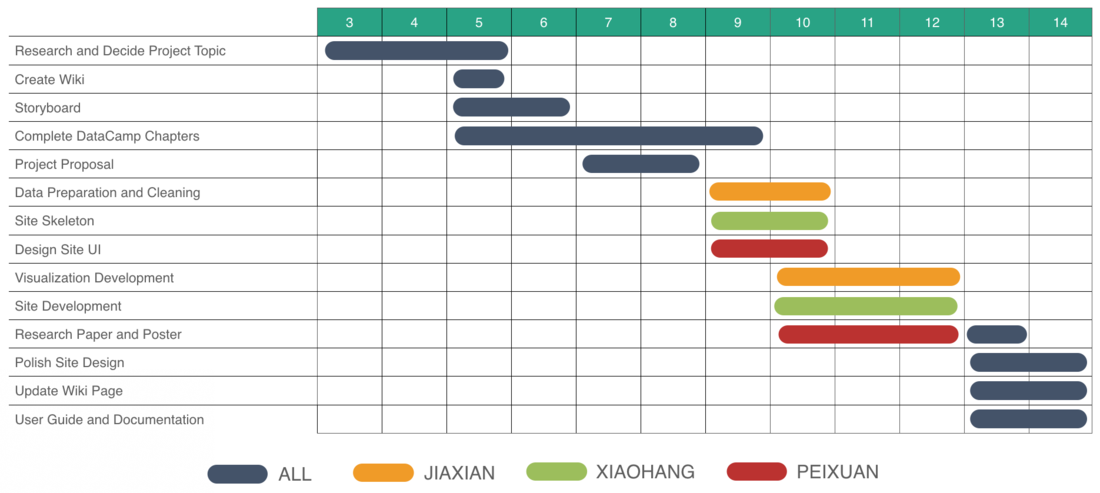<--- Back to Project Groups
Upon exploring the data and consulting Prof. Kam, our team decided to focus on visualising global happiness instead due to data constrains and to prevent making false correlations between suicide rates and happiness scores.
PROBLEM & MOTIVATION
Traditionally, a country’s well-being has been measured on economic variables like GDP or unemployment rate. However, no institution, nation or group of people can really be properly understood without also factoring in a number of other elements. One of these key elements is happiness. What contributes to a country’s happiness? Why are some countries happier than others? Are there any trends or patterns we can discern from the available data? With reference to the World Happiness Report, we attempt to visualize the factors that contribute to a country’s happiness on a global scale.
OBJECTIVES
In this project, we are hope to create a visualization that enables the following:
- Identify regions or countries with the highest happiness scores
- Visualise the happiness scores over time
- Explore the factors contributing to happiness score
- Comparison of happiness scores and its factors across countries
SELECTED DATASETS
| Dataset/Source
|
Data Attributes
|
Why this Dataset?
|
World Happiness index 2019
(https://worldhappiness.report/ed/2019/)
|
- Overall Happiness Rankings of Countries Worldwide
- Individual segment scores for each country (Freedom of speech, social support, etc)
|
Happiness cannot be easily measured, but the data from the World Happiness Report is the most consistent option with sufficient data points across the past decade. Hence, this will be our choice of data for analysis.
|
RELATED WORKS
| Example
|
Takeaways
|
|
Choropleth Map by Region
Comparison Table of Two Countries' Happiness Score Components
Source: https://countryeconomy.com/demography/world-happiness-index
|
- By visualising the happiness rankings, it enables the viewer to make easy comparison between continents.
- The comparison table however, makes it difficult to compare the differences in components at a glance.
|
|
Stacked Bar Chart of Individual Happiness Score Components
Bar Chart Measuring Change in Happiness Score Over the Years
Source: https://worldhappiness.report/ed/2019/
|
- The sorted stacked bar chart visualises the component breakdown of each countries' happiness score. However, it is difficult to compare the differences in individual components across countries.
- Visualising the change in happiness scores with a bar chart makes the changes in individual country's score obvious, but there is no indication of the actual score. (e.g. low to high? Or high and higher?)
|
|
Interactive Radial Stacked Bar Chart of Global Happiness Score Components
Source: http://www.benscott.co.uk/wdvp/
|
- The interactivity makes for an enjoyable user experience. The use of filtering enables users to explore the individual components as well, for more in depth analysis.
- The radial layout causes some difficulty in looking for a specific country.
|
DESIGN INSPIRATIONS
PROPOSED STORYBOARD
Our proposed application will consist of three pages:
OVERVIEW
This page will provide the viewer with an overview of global suicide rates and overall happiness scores.
| Proposed Layout
|
Description
|
|
|
- Sorted Stacked Bar
- The Stacked Bar shows the component breakdown of each country's Happiness Index Score.
- Users can choose to sort the bar by the overall score or individual components
- Choropleth Map
- The Choropleth fills in the world map with varying color intensities based on the Happiness Index Scores.
- Enables identification of "happy" or "unhappy" clusters/regions.
- Scatterplot
- Plots the Happiness Index Score changes across two selected years.
- Upper left and lower right quadrants represent decreases and increases in Happiness Index Scores respectively.
- Ridge
- Visualises the distribution of components contributing to the Happiness Index Scores.
|
COUNTRY COMPARISON
| Proposed Layout
|
Description
|
|
|
- Radar Chart: Component breakdown of the Happiness Index Scores of each selected country.
- Ridge Plot: Compares the distribution of components contributing to the Happiness Index Score for each selected country.
|
COUNTRY TIME-SERIES
| Proposed Layout
|
Description
|
|
|
- Comparison Line: Compares the selected country's Happiness Index Scores over time to the average score.
- Component Breakdown Line: Plots the component scores for the selected country over time.
|
PROJECT TIMELINE
KEY CHALLENGES
| Challenge
|
Mitigation
|
|
Inexperienced with Creating and Designing Visualisations
|
- Engage in hands-on practice during and after class.
|
|
Inexperienced with R and R Shiny
|
- Make full use of the DataCamp resources provided
- Self-directed and peer learning
|
|
Limited Access to Sensitive Suicide Data
|
- Acquire data from various sources and conduct data cleaning to organize the data.
- Make do with what we can get, down scope the project accordingly.
|
|
Time and Workload Constrains
|
- The team will come up with a reasonable project timeline based on everyone's ability and capacity.
- Set milestones and adjust the timeline accordingly based on the team's progress.
|
REFERENCES
Feel free to leave us some comments or feedback!
| Name
|
Comment/Feedback
|
|
Your Name
|
|
|
Your Name
|
|
